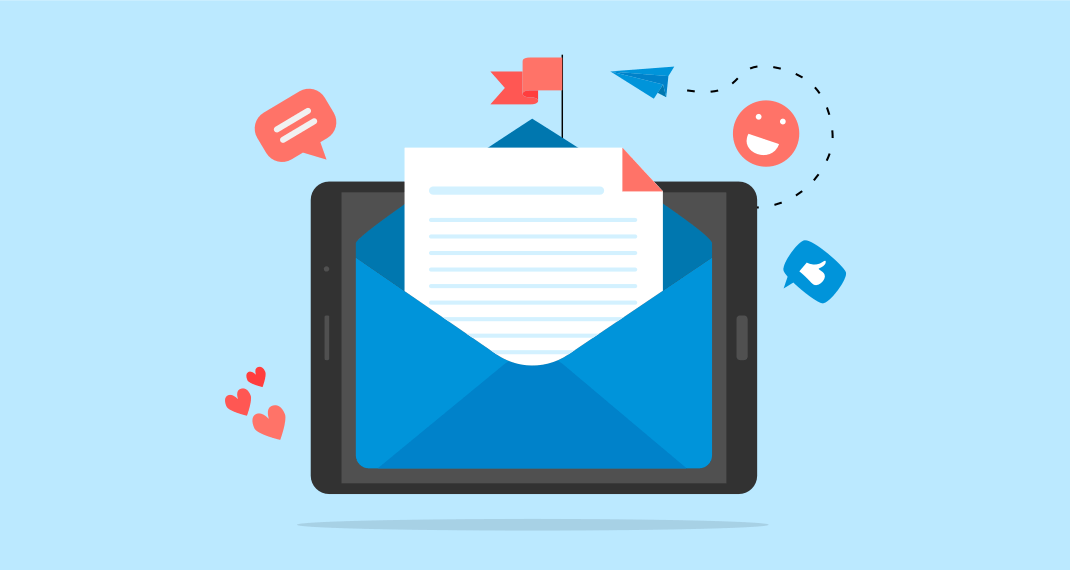In the digital marketing universe, email marketing stands as a vital pillar, offering a direct and personalized channel to reach and engage your audience. Building a robust email marketing strategy from scratch, however, can be a challenging yet rewarding endeavor. This blueprint lays out the essential steps and considerations for crafting an effective email marketing strategy that resonates with your audience and drives results.
1. Define Your Objectives and Audience
Start by establishing clear goals for your email marketing efforts. Whether it’s increasing sales, boosting engagement, or enhancing customer loyalty, your objectives will guide your strategy. Simultaneously, gain a deep understanding of your target audience. Who are they, and what are their preferences and pain points? This knowledge is crucial for tailoring your approach.
2. Develop a Strong Email List
The foundation of any email marketing strategy is a solid email list. Focus on building a list of subscribers who have expressed interest in your brand or products. Utilize sign-up forms on your website, social media channels, and other customer touchpoints. Remember, quality trumps quantity - a smaller, engaged list can be more valuable than a large, disinterested one.
3. Craft Compelling Content
The content of your emails is key to capturing and retaining your audience’s attention. Your emails should provide value, whether it’s through informative content, exclusive offers, or engaging storytelling. Ensure that your content aligns with your brand voice and resonates with your audience’s interests and needs.
4. Design for Engagement and Conversion
An email’s design can significantly impact its effectiveness. Ensure your emails are visually appealing, easy to read, and mobile-friendly. A well-structured email with a clear call-to-action (CTA) can greatly enhance user engagement and drive conversions.
5. Personalization and Segmentation
Personalize your emails based on the recipient’s preferences, behaviors, and previous interactions with your brand. Segment your email list to deliver more targeted and relevant content. Personalization and segmentation are powerful tools for increasing the relevance and effectiveness of your emails.
6. Utilize Automation for Efficiency
Email automation tools can streamline your email marketing process, from sending out welcome emails to re-engagement campaigns. Automation ensures timely and consistent communication with your audience, enhancing the efficiency and scalability of your strategy.
7. Test, Measure, and Optimize
Continuously test different aspects of your emails, from subject lines to layouts. Use analytics to track the performance of your campaigns, paying close attention to open rates, click-through rates, and conversion rates. Use these insights to refine and optimize your strategy for better results.
8. Stay Compliant and Respectful
Adhere to email marketing laws and best practices. Ensure you have consent to email your subscribers and provide a clear and easy way to opt-out. Respecting your audience’s preferences and privacy is not only ethical but also crucial for building trust and maintaining a positive brand image.
Conclusion: Laying the Foundation for Email Marketing Success
In summary, building a robust email marketing strategy from scratch involves defining clear objectives, developing a strong email list, crafting compelling content, designing for engagement, personalizing your approach, utilizing automation, continuously testing and optimizing, and staying compliant. By following this blueprint, you can create a powerful email marketing strategy that effectively communicates your brand message, engages your audience, and drives your business goals.



